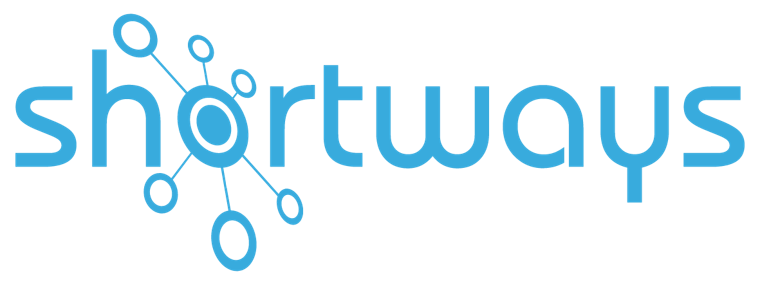
Computer systems have made incredible progress over the last forty years. From the first primitive machines using punched card input we have moved on to connected objects and very broadband wireless networks. New technologies have boosted processing power and also facilitated access to this power, notably through smartphones and connected objects. And soon (or perhaps already) computer chips will be implanted in the human body.
Humans, as computer hardware and software users, have also evolved along with the technologies. In this article we take a closer look at the successive stages of IT user evolution with particular focus on the behavior of business software users.
Stage 1: Learn the right gestures
The first phase of the user learning curve is the adoption of new systems each with its particular man-machine interface that must be mastered along with all the right actions. Today the learning process tends to be fast since interfaces are better designed for humans and more intuitive. Other changes are also making usage easier, such as the transition from the keyboard/mouse to tactile gestures or, even more sophisticated, Microsoft’s Kinect motion sensing input devices that can already identify gestures and shapes and, like Apple’s Siri assistant, understand spoken instructions. Technologies are even being developed to allow direct control by the brain of systems such as video games, thanks to electrodes inside a virtual reality helmet.
It is interesting to note that people first became familiar with computers only in professional environments; the keyboard/mouse duo reigned supreme and was even transposed some years ago to the Blackberry smartphone, although it is now considered obsolescent. Today the inverse is true: IT gestures are mostly learned in the private sphere on a smartphone or tablet with the now ubiquitous tactile screen (which contributed to the demise of the mouse, but not yet the keyboard… which is now virtual). The efficiency of these new ergonomics is affirmed simply by watching young children manipulating tactile devices: their learning speed is phenomenal. The tablet has revolutionized the approach to the usage of computer tools. Even seniors find it easy!
In enterprises tactile tablets and smartphones arrived only recently, but there were no new gestures to learn since all staff already owned these devices for personal use. So this learning stage is now unnecessary for professionals.
Stage 2: Navigate in the applications
Once the gestures have been mastered, the user can navigate in his applications. The first thing is to be able to find the menus and then move between different functions.
This is just an extension of the previous stage: the actions are elementary and users today are sufficiently computer-literate to grasp these aspects rapidly. Graphic user interfaces have also been enormously improved. Everyone suffered with each new release of Microsoft Office (Word, Excel, etc.), but that’s in the past now!
The standardization of screens and icons, for example, has been very helpful. Everyone now recognizes the “print” and “save” buttons!
At a higher level, the business application user must know how to follow the logic of each screen: which fields should be entered first, which ones are mandatory and what information needs to be input? He starts at point A – the screen title – and must arrive at point B, for example his confirmation of his input data, or the next screen.
Next-generation applications, in particular Software-as-a-Service (SaaS) versions that run in the cloud (Salesforce CRM, for example), already employ ergonomics principles that make this logic more intuitive. But there are still many user-unfriendly applications for which users need a kind of “GPS” to guide them step by step.
Here again, we observe that most professional users have now moved beyond this stage thanks to daily repetition of operations.
Read the second part of the chronicle of Toan Nguyen “the theory of evolution of the user in a company – Part 2 “.

